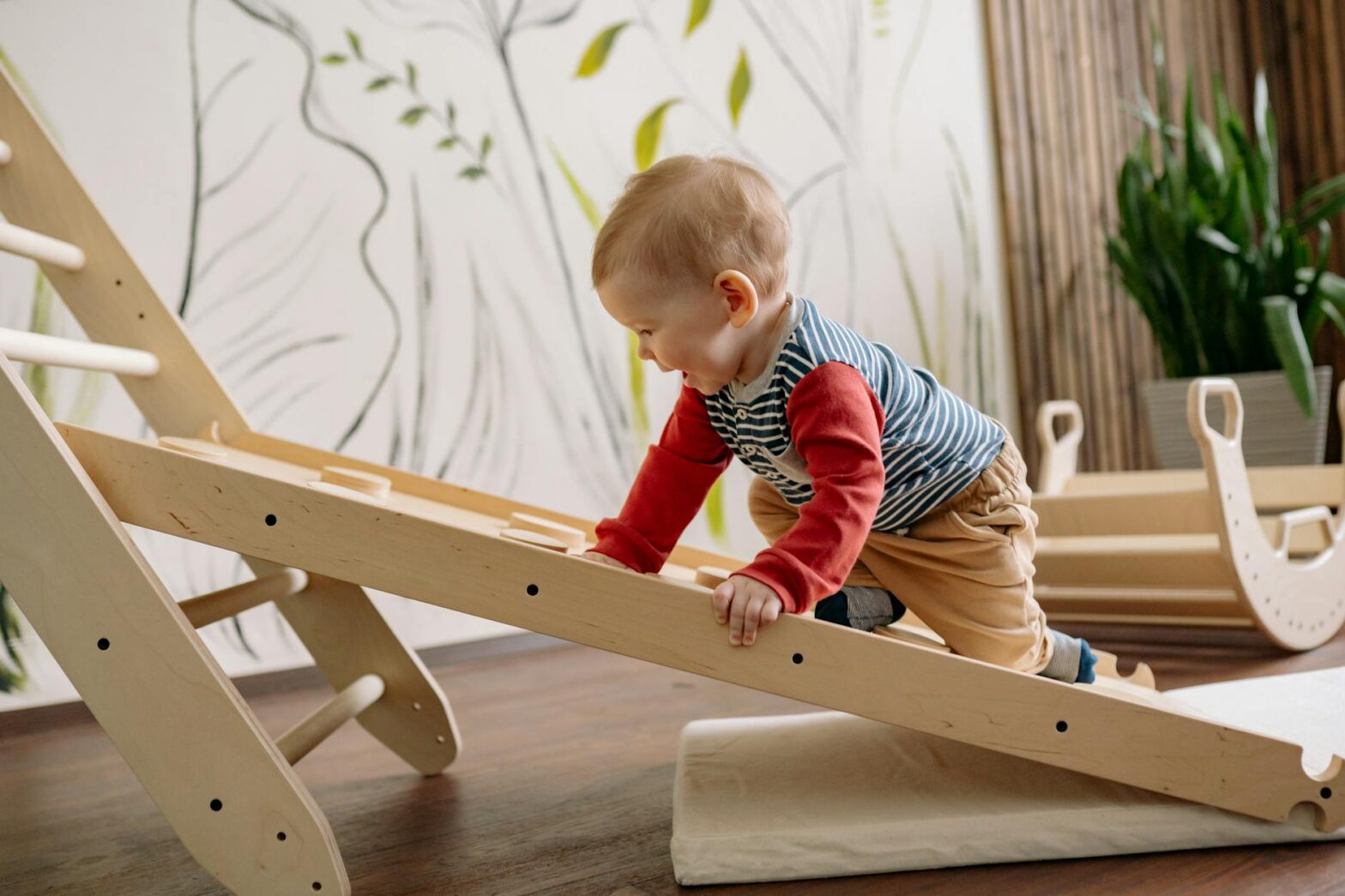Wooden baby walkers have been popular among parents for generations, known for their sturdy build, natural materials, and simple charm. In India, the traditional wooden walker for baby is making a strong comeback—offering a practical, eco-friendly alternative to flashy plastic models.
What Is a Wooden Baby Walker?
A wooden baby walker is a child-sized push toy designed to support babies as they take their first steps. Its sturdy frame helps toddlers balance, providing a gentle nudge of confidence. Unlike plastic walkers, wooden walkers focus on balance and gross motor skills, rather than simply rolling a baby around.
Why Choose a Wooden Walker for Baby?
Parents often turn to wooden walkers for their stability and safety. These walkers tend to be heavier, making them less likely to tip over. The natural material also appeals to those who want to limit plastic in their child’s environment. If you’re seeking a durable, classic toy that grows with your child, a baby wooden walker is a top pick.
Evolutionary Path: How We Got Here
The concept of a baby walker dates back centuries, but wooden models became mainstream during the 80s. Many people fondly remember the old wooden walker for baby from their childhood—often a simple frame on wheels with few moving parts. Over time, designs evolved to include fun features like bead mazes or blocks, but the core idea remains: supporting independence, confidence, and safe exploration.
Safety and Developmental Benefits
Modern parents care about safety. Wooden baby walkers support natural walking, with resistance that slows a child down—a bit like learning to ride a bike slowly first, rather than racing down a hill. They help strengthen leg muscles, encourage balance, and improve coordination. And let’s be honest: they’re also quieter than most plastic walkers that rattle or play music nonstop.
Expert Tip: Always supervise your baby’s first steps, and make sure the walker is used on a flat surface free of obstacles.
Types of Wooden Walkers Available in India
There’s quite a range:
- Classic push walkers: Minimalist, sturdy, often modeled after the old style wooden baby walker.
- Activity walkers: These blend push walkers with play panels featuring shapes, beads, or even a xylophone.
- Vintage and old style: Some families seek out the 80’s old style wooden baby walker for nostalgic reasons, while companies now make white wooden baby walker models for a modern aesthetic.
How to Choose the Right Wooden Walker for Your Baby
Consider these key factors:
- Weight and stability: Look for a solid base to prevent tipping.
- Handle height: It should be comfortable and adjustable as your child grows.
- Wheels: Non-slip wheels are safer, especially on tile or wood floors.
- Additional features: Some walkers come with storage, blocks, or interactive games.
Actually—if your home has a lot of steps or varying levels, double-check that the walker’s wheels aren’t too fast.
For a deeper dive into selecting baby products that match your style, see our wooden cradle for baby guide.
Wooden vs. Plastic Walkers: What’s the Real Difference?
Wooden walkers often outlast plastic ones, both in durability and style. But plastic can be lighter and occasionally comes with more bells and whistles. However, plastic models are more likely to have sharp edges or unstable bases, especially cheaper ones. With wooden options, there’s usually a trade-off: you get fewer features, but more peace of mind.
Caring for Your Baby Wooden Walker
Wood ages gracefully, but a bit of care helps:
- Wipe it down regularly with a damp cloth.
- If your walker has painted details, use gentle non-toxic cleaners.
- Check screws and wheels monthly to make sure they’re secure.
Short tip here: If you see splintering, sand lightly with fine paper and touch up with natural oil.
Where to Buy and What to Look For
Plenty of Indian brands now offer smart, safe wooden walkers. Some have a minimalist look; others are bursts of color. Look for reputable certifications and buyer reviews. For nursery organization ideas alongside your walker, see our guides on kids almirah and plastic almirah.
Frequently Asked Questions
Are wooden baby walkers safe? Yes, when used with supervision and kept on safe surfaces.
What age is best? Most babies are ready between 10 and 18 months, after they can pull up and stand independently.
Do they help babies walk? Walkers support balance, but don’t replace time spent barefoot practicing.
Final Thoughts
Wooden baby walkers bring a timeless charm and reliable support to early steps. They fit seamlessly into any home, last for years, and make those first wobbly moments both safe and memorable. If you want a toy that balances nostalgia with development, the wooden baby walker checks every box.

